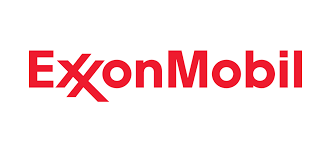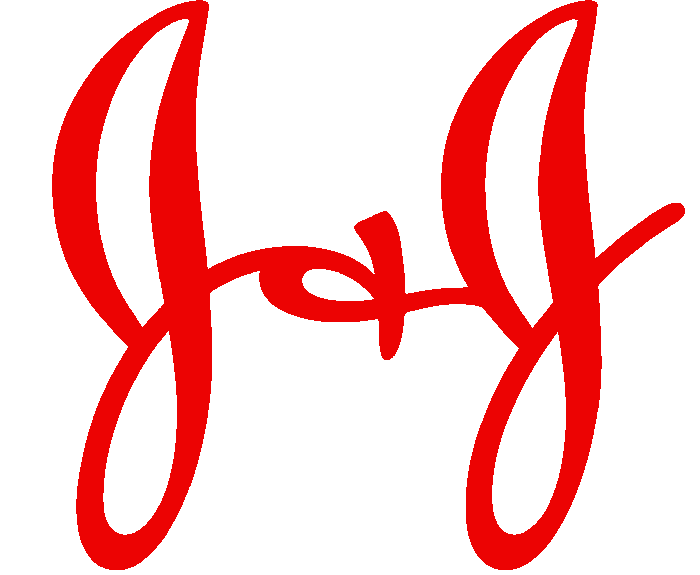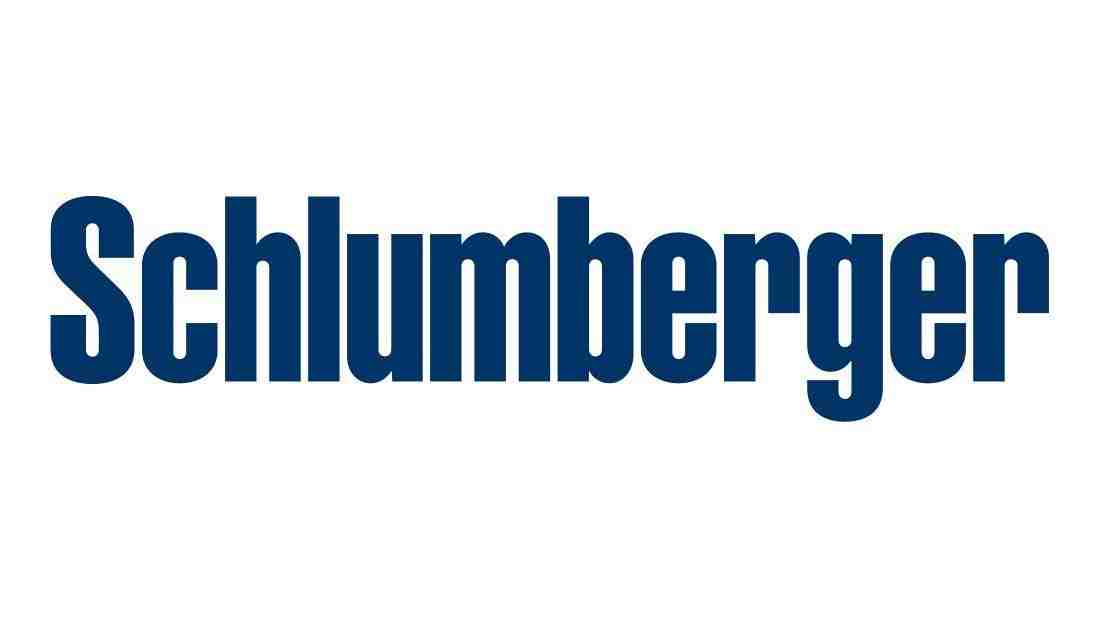A biliary stent is a small plastic or metal tube that is shaped like a blood vessel used to open a passage between two hollow spaces within the body. It is an implantable device that constitutes materials such as nitinol, silicone, and cobalt-chromium alloys. The stent is designed in such a way that it maintains the patency of stenotic vessels. The stent is used to create a pathway in the blocked bile duct to carry bodily fluids. It also enables the transfer of air in obstructed natural circulatory pathways and to treat palliative-stage cancers, strictures, and other medical conditions. Biliary stents are small mesh-like tubes, and do not have any coating or covering. Stents are usually inserted into the liver to treat hepatic blockage and obstructive hepatic diseases, like cholecystitis, jaundice, hepato-biliary diseases, and cholangitis. Biliary stents are used in numerous applications such as malignant biliary obstruction, biliary strictures, and bile duct leakages. Biliary Stents market accounted 157.9 USD billion in 2020 and is expected to reach 257.2 USD billion by 2030 growing with a CAGR of 5% during the forecast period.
Market Segmentation:
On the basis of product type, the biliary stents market can be bifurcated into biliary metal stents and biliary plastic stents. Based on end-users, the market can be segmented into hospitals, ambulatory surgical centres, and others. According to applications, the biliary stents market can be segregated into gall stones, biliary leaks, tumour, and others. Geographically, the global biliary stents market can be broadly divided into five regions mainly North America, Europe, Asia Pacific, and RoW.
Market Dynamics and Factors:
The major factors driving the global biliary stents market are the growing prevalence of biliary diseases; increase in demand for minimally invasive (MI) techniques; technological advancements; rising geriatric population; and increasing awareness among the population. The growing preference for minimally invasive procedures is driving the growth prospects for the biliary stents market across the globe. The market is experiencing a surge in demand for MI procedures for the treatment of biliary diseases as because these procedures deliver superior results with minimal complications and are been increasingly used to manage disorders like gallbladder-related diseases, pancreas-related diseases, and liver-related diseases. For instance, stenosis is performed using non-vascular stents, which is the most commonly remedied condition through an MI procedure. Also, biliary stent intervention is an MI procedure that does not require open surgery but uses medical imaging technology to guide instruments inside the body. Additionally, MI procedures offer faster recovery, less pain, fewer post-surgery infections, reduced hospital stays, reduced incision marks, bleeding control, minimal complications, and heightened accuracy, and provides benefits such as lesser cost and reduced hospital stay. Increasing prevalence of biliary diseases is anticipated to propel the global biliary stents market. Biliary tract disease is one of the most common causes of biliary obstruction. For instance, as per the British Society of Gastroenterology, more than 15,000 individuals in the UK live with consequences of chronic biliary inflammation. The American Cancer Society has estimated that approximately 8,000 people in the US are diagnosed with bile duct cancer every year. This includes both intrahepatic (inside the liver) and extra hepatic (outside the liver) bile duct cancers. Hence, the rising number of biliary diseases will fuel the biliary stents market growth in the coming years. However, postoperative complications and stringent government regulations for approval are expected to restrain market growth of the biliary stents market.
Geographic Analysis:
North America is expected to dominate the global biliary stents market in terms of market share during the forecast period. The increasing prevalence of gastrointestinal disorders, incidences of abdominal pain, and awareness about biliary and pancreatic disorders such as the formation of gallstones, cholecystolithiasis, and pancreatic cancer are the major factors responsible for the market dominance of the region. For instance, according to the World Gastroenterology Organization, about 15% of the U.S. population suffers from gallstones. The National Health and Nutrition Examination Survey showed higher prevalence of gallstones in Mexicans and Americans. The Asia Pacific market is anticipated to witness significant market growth during the forecast period. Growing geriatric population, changing lifestyles and food habits attributing to greater risk of biliary diseases, and the rising adoption of innovative technologies are the major factors leading to the market growth in the APAC region.
Competitive Scenario:
The key players operating in the global biliary stents market are –
Boston Scientific Corporation, GE Healthcare, Medtronic Plc, Stryker Corporation, Cook Group, Abbot Vascular, Blue Belt Technologies, Brainlab, Changzhou Health Microport Medical Devices.
Biliary Stents Market Report Scope
| Report Attribute | Details |
| Analysis Period | 2020–2030 |
| Base Year | 2021 |
| Forecast Period | 2022–2030 |
| Market Size Estimation | Billion (USD) |
| Growth Rate (CAGR%) | 5 % |
|
| By Product (Biliary Metal Stents & Biliary Plastic Stents), By End-Users (Hospitals, Ambulatory Surgical Centres, and Others), By Application (Gall Stones, Biliary Leaks, Tumour, and Others) |
| Geographical Segmentation | North America (U.S., Canada, Mexico) Europe (UK, Germany, Italy, France, Rest of Europe), Asia-Pacific (China, Japan, India, Australia, Rest of APAC), South America (Brazil, Argentina, Rest of SA), MEA (UAE, Saudi Arabia, South Africa) |
| Key Companies Profiled | Boston Scientific Corporation, GE Healthcare, Medtronic Plc, Stryker Corporation, Cook Group, Abbot Vascular, Blue Belt Technologies, Brainlab, Changzhou Health Microport Medical Devices. |
|
|
|







